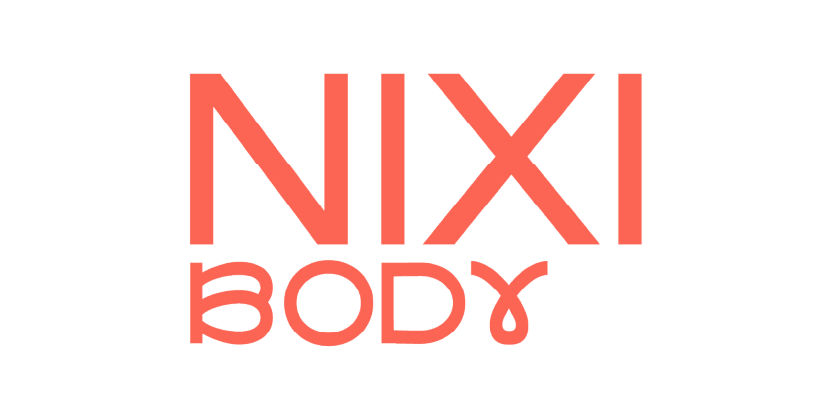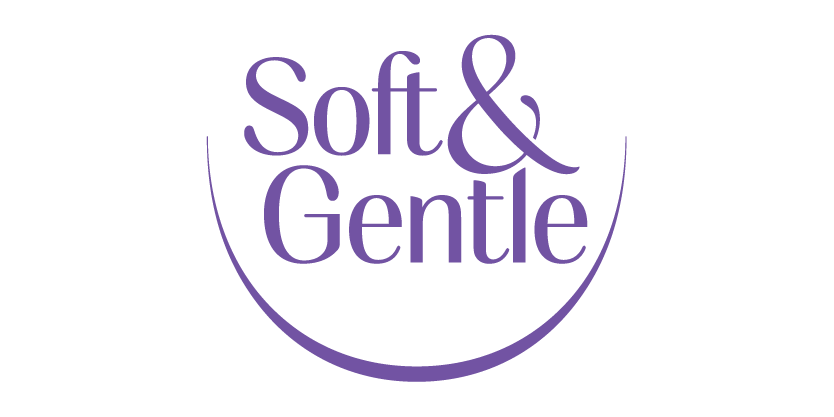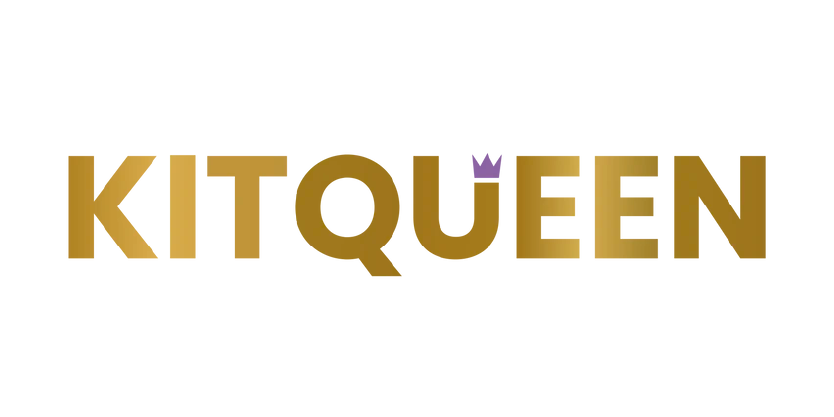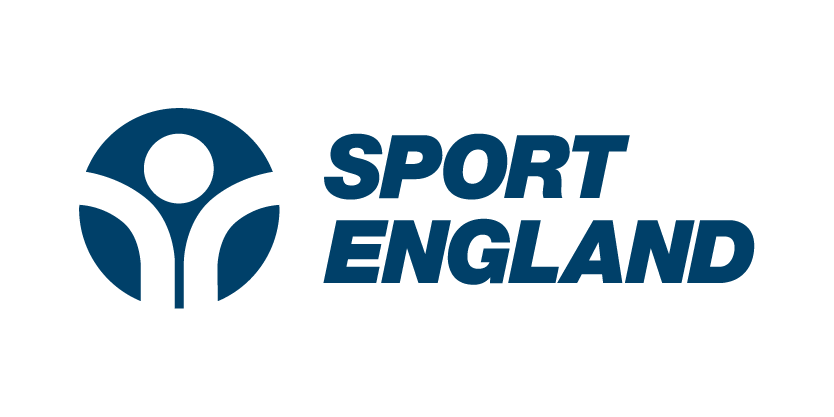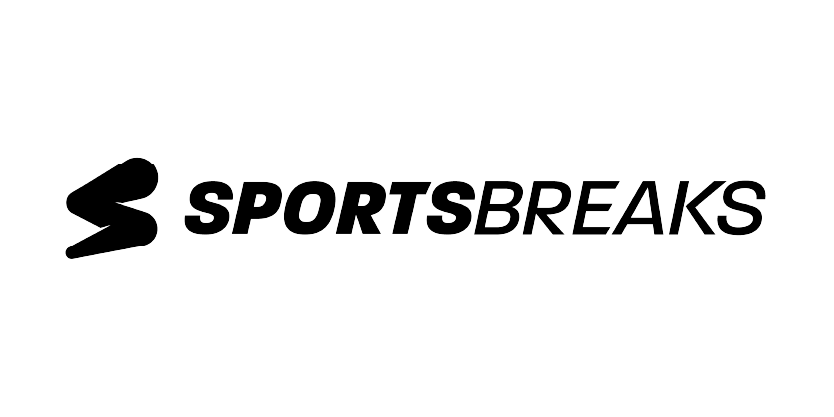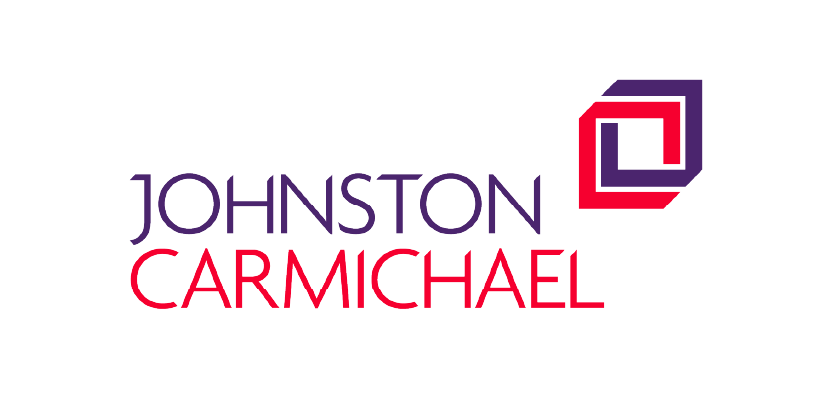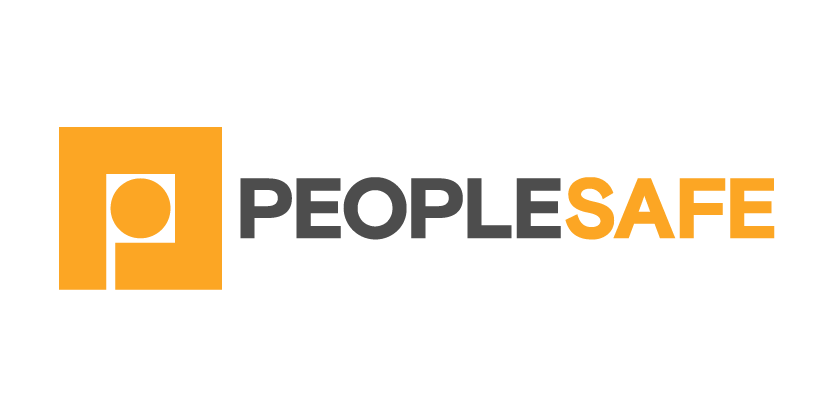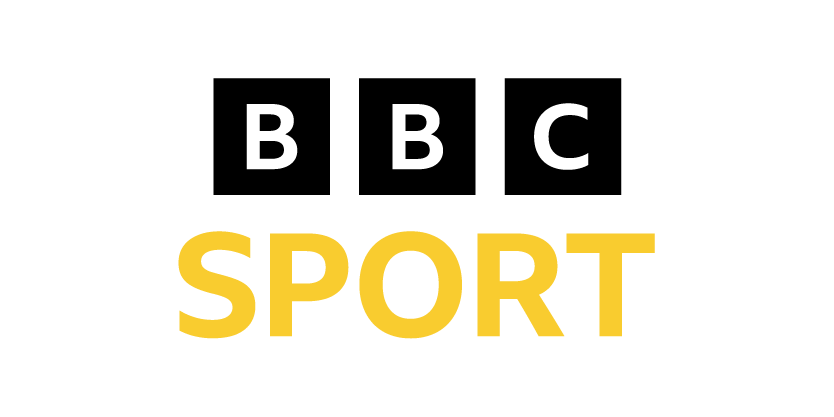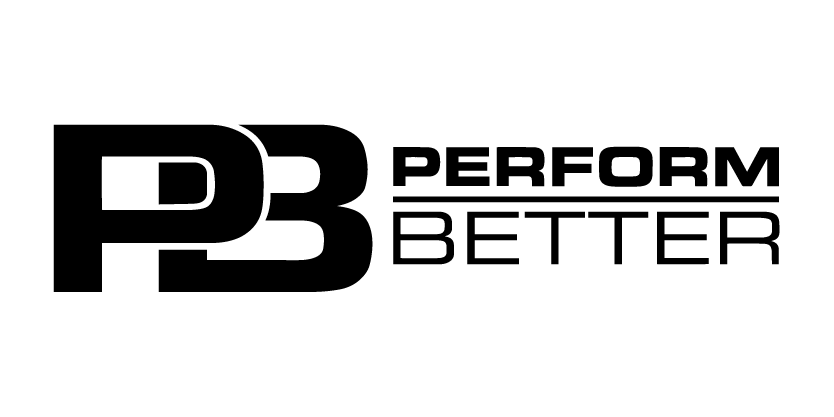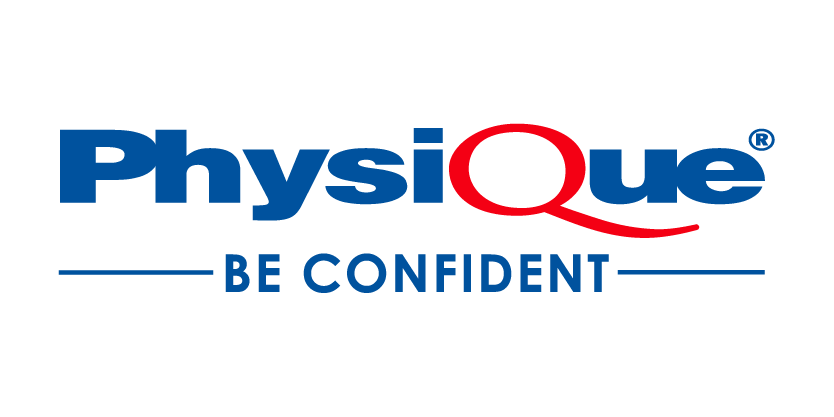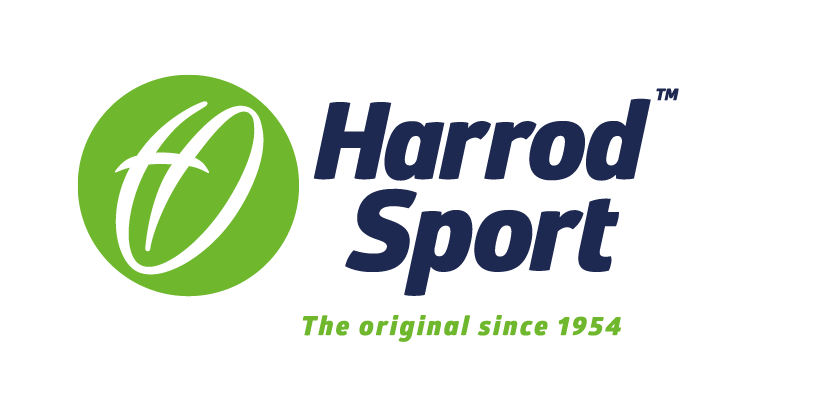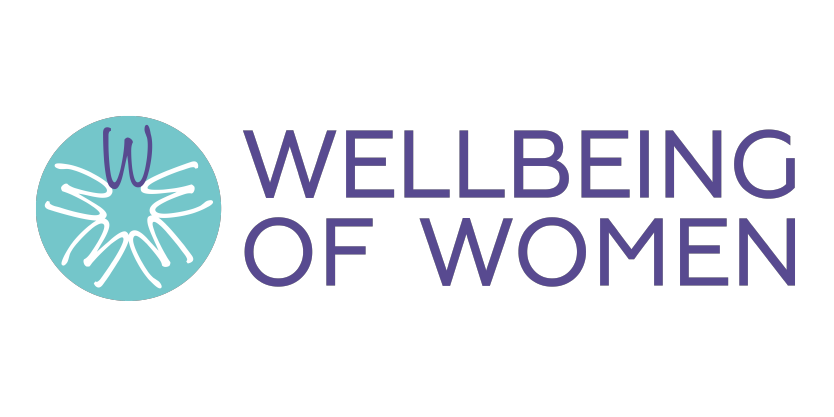Click play for an audio readthrough of this article
Every active woman needs to be aware of Relative Energy Deficiency in Sport and its connection to injury.
Quick recap: RED-S is, very basically, a condition caused by under-eating or over-training or, more likely, a combination of the two.
You might describe it as underfuelling for too long. Not enough energy input for your energy output. It’s failing to consume enough energy to match energy expended through activity, recovery and beyond.
Symptoms of RED-S can be subtle at first but the longer it’s on you the more pervasive they’ll be – and the trickier it can be to get out from under.
RED-S is not uncommon, it’s highly prevalent in people who play sports, and women are most at risk.
RED-S red flags
- weight loss or being underweight
- periods stopping or becoming irregular
- recurrent illnesses, e.g. colds and flus
- decreased sports performance
- mood changes
- delayed / disordered growth or development (in children and teenagers)
- iron deficiency
- mental health conditions (e.g., depression or anxiety)
A gateway for injury
RED-S, though not an injury itself, is a gateway for injury. It’s a fast-track. We include RED-S in our injury category because it makes injury easier to come by and harder to recover from.
Why? First, when you underfuel, your body – which is hardwired for survival – seeks to conserve energy. In a female, this means shutting down the reproductive system to save all the energy it takes to produce hormones, have periods and make babies. As energy saving solutions, these are pretty effective because they don’t acutely impact us: we can still walk, talk, do our work and play our netball. Everything seems fine.
But when menstrual cycle hormones flatline it has a significant impact on the whole body. For example, oestrogen is vital for developing bone strength so, without it, bones get weak and fragile, and can break. Stress fractures are common in players with RED-S.
Oestrogen is also vital for immune functioning, hence players or athletes with RED-S are at an increased risk of illness. Oh and because oestrogen influences serotonin, the good mood hormone, mood suffers and bouts of poor mental health can flare up too.
Recurrent gastrointestinal issues are also common in those who have RED-S. It’s a condition that really does influence how fit and healthy, and injury-free a player is.
Am I at risk?
While RED-S is more common in professionals, aspiring pros and keen amateurs, it’s not exclusive to the highest levels of sport. Rule of thumb: the harder you train, the more alert and aware you have to be. Anyone who fails to match input to output can, over a long enough timeframe, fall into a relative energy deficit.
About 20% of active women show signs and symptoms of RED-S, and in performance sport, this prevalence can reach much higher levels, exceeding half of all players at risk of the devastating effects of energy deficiency.
Cause and effect
Keen netballers, naturally, like to stay in great shape. Athletes and professionals need to. Peak physical form is often synonymous with a low body-fat ratio, particularly in sports like ours where speed and agility are important. The leaner you are the faster you are and all that …
This computes until it doesn’t. The body needs a certain amount of energy (calories), micronutrients (vitamins and minerals), and macronutrients (carbs, protein and fats), to function well. Clearly, if you don’t consume enough, whether it’s by accident or design, your energy levels will deplete. Stay depleted and, with time, the problems start.
It’s also interesting that RED-S isn’t just for those with performance in mind. In sports and activities where looks are important, or by history and culture they seem important, young women and girls especially feel pressure to hit a certain aesthetic. Many unwittingly creep into RED-S territory in response to sporting, societal and social media pressures.
It’s shocking to contemplate, but one study concluded in saying that 100% of participating cheerleaders had RED-S.
Practical problems
Some people assume that RED-S symptoms and eating disorders must go hand in hand but that’s too clean and convenient. Yes, people with disordered eating are at a greater risk of RED-S, but the risk is substantial, too, for those players who follow strict diets or who cut out whole food groups – like carbs.
It might seem odd at first, but there’s also an elevated risk for those who – very simply – aren’t well organised or who often neglect to get the right food at the right time. Some women might not be disorganised by nature but, as we all know, life can throw curveballs and throw you out of your routine.
Think about those transitional life chapters, such as moving out of home for the first time, or moving to a new club, or heading off to university, or starting a new job …
When women are adapting to new stresses, budgets, environments, people and timetables, it can suddenly become more challenging to maintain the right nutrition and fuel. Times of transition often require a high degree of vigilance.
Untreated …
As you’ve read in the symptoms list, women with RED-S don’t just lose a step or two around matchday, they’re putting their general health and their mental health in jeopardy. We haven’t dwelled on this so much, but depression, anxiety, anger and mood swings are all associated with RED-S.
So is longer term disordered eating, a problem that can – as we probably all know – do serious and sometimes life changing damage to a woman’s physiology, body and mind.
At this point let’s pause. If you feel you’re suffering with mental ill-health, including disordered eating, it’s vital you ask for help. Talk to your GP / doctor or at least someone you trust.
Treatment
This has all been pretty downbeat and grim reading, but please note that once you notice the signs of RED-S there is, in most cases, a reasonably simple solution.
Basically, you need to eat enough food, and the right food, at the right time. You may need to engage a professional to help you safely deal with other symptoms, especially where mental health is an issue or bodily systems have lost function, but when identified early enough there’s an established path out of RED-S.
On that, it’s a case of making sure you eat regularly. It’s knowing that long periods of time without eating and then training (it could be as simple as missing breakfast before a morning workout) is a sure-fire way to get the brain worried about energy levels.
Speaking of our brains and food, they’re especially sensitive to carbohydrate levels so make sure you eat plates of food that represent all major food groups. As an active woman, roughly half your plate should be carbs.
It ought to be written in stone that women arrive at training well-fuelled. So try to think of fuelling (ideally a combo carb and protein snack) as an important part of your preparation, just like remembering your trainers.
It’s also a good idea to eat after training as the body uses lots of energy when you work out, and it wants to replenish that lost energy quickly. In fact, replenishing quickly after a session has been shown to improve performance in the next training session.
Your EA: get into the detail
If you really want to explore whether you are getting your energy balance right, then you can calculate your energy availability (EA). It’s something you don’t need to do often, or get obsessed about, but if you feel like you might be experiencing signs and symptoms of RED-S and you need to check whether what you are eating matches the demands of your active life, then this is a good exercise.
To work out your energy availability:
- Calculate your daily energy intake in kcal, based on the food you eat. You’ll likely want to use an app for this. Input what you eat over the course of the day, and the app (like My Fitness Pal) will calculate how many calories that represents. It will also tell you your carb / protein / fat breakdown too, which can be interesting.
- Calculate your fat free mass (FFM). You can do this by multiplying your bodyweight (in kg) by your body-fat percentage. To measure your body-fat percentage you can use a skinfold test or bioelectrical scales. Alternatively, a doctor or even a nutritionist or trainer may be able to help.
- Calculate the energy you expend during your training or exercise in kcal (you’ll need the help of a smart watch, heart-rate monitor or fitness tracker for this).
- Subtract the energy you expend in kcal during your training from your energy intake in kcal.
- Divide this number by your FFM to get your EA.
An example EA calculation
Say a woman’s bodyweight is 60kg and she has 20% body fat. She therefore has 12kg of body fat (60 x 0.20 = 12), so her FFM is 60 – 12 = 48kg. Her energy intake is 2800kcal per day.
Her exercise energy demands are 800kcal per day. Her energy availability, or EA, is therefore (2800 – 800 = 2000) ÷ 48 = 41 kcal/kg FFM per day.
As a guideline, healthy athletes should have an EA of about 45 kcal/kg FFM per day. Because maintaining a normal resting metabolic rate (i.e. just the energy we need to exist) requires 30 kcals/kg FFM, an EA lower than 30 kcal/kg FFM is considered alarmingly low.
There’s a reasonably steep learning curve here, but once you’re in the groove this formula offers you the right guidance. Use it to check in with your energy input / output if you feel you’re not getting it right, or are suffering symptoms of RED-S. Ask a coach or nutritionist to help you put things right if using this calculation uncovers the need for change.
A simpler take-away
The simpler take-home about RED-S is that you need as much energy coming in as going out. If you have any of the symptoms listed at the beginning of this article then ask yourself if you’re giving your body the energy it needs.
As in all things in life, balance is key; nowhere more so than in your training regimen. So ensure you strike it between your eating and training for optimal health and wellbeing, and crucially, to avoid injury, improve recovery … and steer well clear of RED-S.
As a reminder, the content of the course belongs to The Well HQ. You have permission to access and use the content yourself or, if you are an organisation, for the number of users selected, but are not otherwise permitted to share such content with others, all in accordance with our Course Terms and Conditions.

